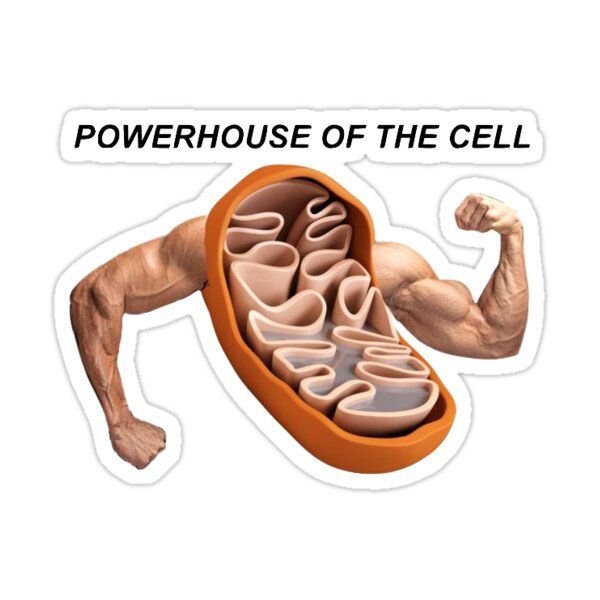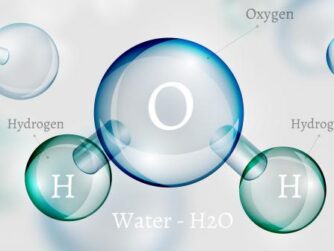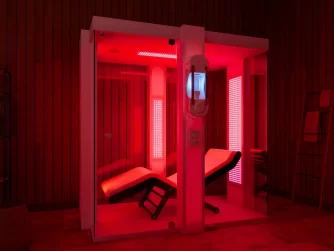If you’ve ever heard someone mention mitochondria and thought, “Mito-what?”—you’re not alone. It sounds like a science class flashback, but here’s the deal: understanding mitochondria could change how you see your body, your energy levels, and even your approach to fitness and nutrition.
As a personal trainer and nutritionist, I talk to a lot of people who want more energy, better fat loss, improved workouts, and clearer thinking. One of the keys to all that? Mitochondria. Yeah, seriously. So let’s break it down together in a way that actually makes sense—and sticks.
What is the Mitochondria, Really?
In simple terms, mitochondria (plural of mitochondrion) are tiny structures found inside almost every cell in your body. Think of them as microscopic energy plants. Their job is to take the food you eat and the oxygen you breathe and turn it into usable energy.
But this isn’t just about physical movement. Your heart pumping? Brain firing off thoughts? Muscles flexing? Immune system kicking into gear? That’s all mitochondria at work. Without them, life literally stops.
Why is it Called the “Powerhouse of the Cell”?
You’ve probably heard the nickname: the powerhouse of the cell. It’s not just a catchy phrase—it’s a scientific truth. Mitochondria generate energy in the form of a molecule called ATP (adenosine triphosphate). ATP is like the body’s currency for energy. You don’t function without it.
Think of ATP like fuel for your car. Mitochondria are the engine converting gas into forward motion. Without that conversion, you’re going nowhere. And if your mitochondria aren’t working well? You might feel like you’re running on fumes—tired, sluggish, foggy, unmotivated. Sound familiar?
The Main Function: Making Energy
Let’s make this even simpler. Here’s what happens on a basic level:
- You eat food.
- Your body breaks it down into smaller nutrients (like glucose, fatty acids, amino acids).
- Mitochondria take these nutrients, combine them with oxygen, and create ATP.
- ATP powers everything from your workouts to your digestion to your brain function.
This process is called cellular respiration, and it’s happening all day, every day—billions of times over.
Other Functions of Mitochondria You Might Not Know About
While energy production is the headline act, mitochondria are multitaskers. They’ve got several other critical roles:
- Regulating metabolism: Your mitochondria help determine how efficiently your body burns calories.
- Cell signaling and communication: They help cells talk to each other, which is important for healing, immune function, and growth.
- Detoxification: Mitochondria help remove waste products from cells. A buildup of toxins can lead to inflammation or illness.
- Cell death (apoptosis): It sounds grim, but this is essential. Mitochondria help old or damaged cells die off so new, healthy ones can take their place.
Imagine your mitochondria as tiny CEOs inside each cell, managing a range of operations to keep things running smoothly.
Why is Mitochondrial Health So Important?
If your mitochondria are healthy, you feel energized, strong, mentally clear, and resilient. If they’re damaged or dysfunctional, it can affect everything—from your mood and metabolism to your ability to recover from workouts.
In fact, mitochondrial dysfunction is linked to a wide range of chronic conditions like:
- Fatigue and brain fog
- Type 2 diabetes
- Obesity
- Cardiovascular disease
- Alzheimer’s disease
- Even aging itself
That’s why athletes, biohackers, and functional medicine practitioners are obsessed with boosting mitochondrial health. It’s not just about performance—it’s about quality of life.
Real-Life Example: Tired All the Time?
Let’s say you’re eating clean, sleeping okay, hitting the gym a few times a week—but you’re still wiped out. One possible reason? Your mitochondria might not be working optimally. They could be underperforming because of oxidative stress, poor nutrition, or lack of movement.
Good news: You can help your mitochondria thrive. And that means more energy, better workouts, and sharper thinking.
How to Support Your Mitochondria Naturally
You don’t need a degree in biochemistry to take care of your mitochondria. Here are a few simple habits to boost their performance:
1. Move More, Especially with Interval Training:
Exercise stimulates the production of new mitochondria. High-intensity interval training (HIIT) is especially powerful. Think sprints, short bursts of cardio, or circuit-style workouts. Even walking regularly helps.
2. Eat Mito-Friendly Foods:
Focus on whole foods rich in nutrients like magnesium, B vitamins, and antioxidants. Some top choices:
- Leafy greens
- Wild salmon
- Berries
- Avocados
- Olive oil
- Nuts and seeds
3. Get Quality Sleep:
Your body repairs and regenerates mitochondria while you sleep. Aim for 7–9 hours of deep, consistent rest.
4. Reduce Toxins:
Environmental stressors like pollution, alcohol, and processed foods can damage mitochondria. Minimize where you can.
5. Try Cold Exposure (Safely):
Cold showers or ice baths have been shown to stimulate mitochondrial biogenesis (creating more mitochondria). Start slow and build tolerance.
6. Stay Hydrated:
Your cells, including your mitochondria, need water to function properly. Don’t wait until you’re thirsty—sip throughout the day.
Final Thoughts: Tiny Organelles, Massive Impact
The next time someone says “mitochondria are the powerhouse of the cell,” you’ll know exactly why. These tiny structures are essential to every part of your health journey—from fat loss to brain fog to recovery.
You don’t need to memorize the science. You just need to know this: when you fuel your body right, move with purpose, and prioritize recovery, you’re supporting your mitochondria. And when you take care of them, they take care of you.
So next time you’re low on energy, don’t just grab another coffee. Think about your mito-health. You have the power to charge up your life—literally—from the inside out.







